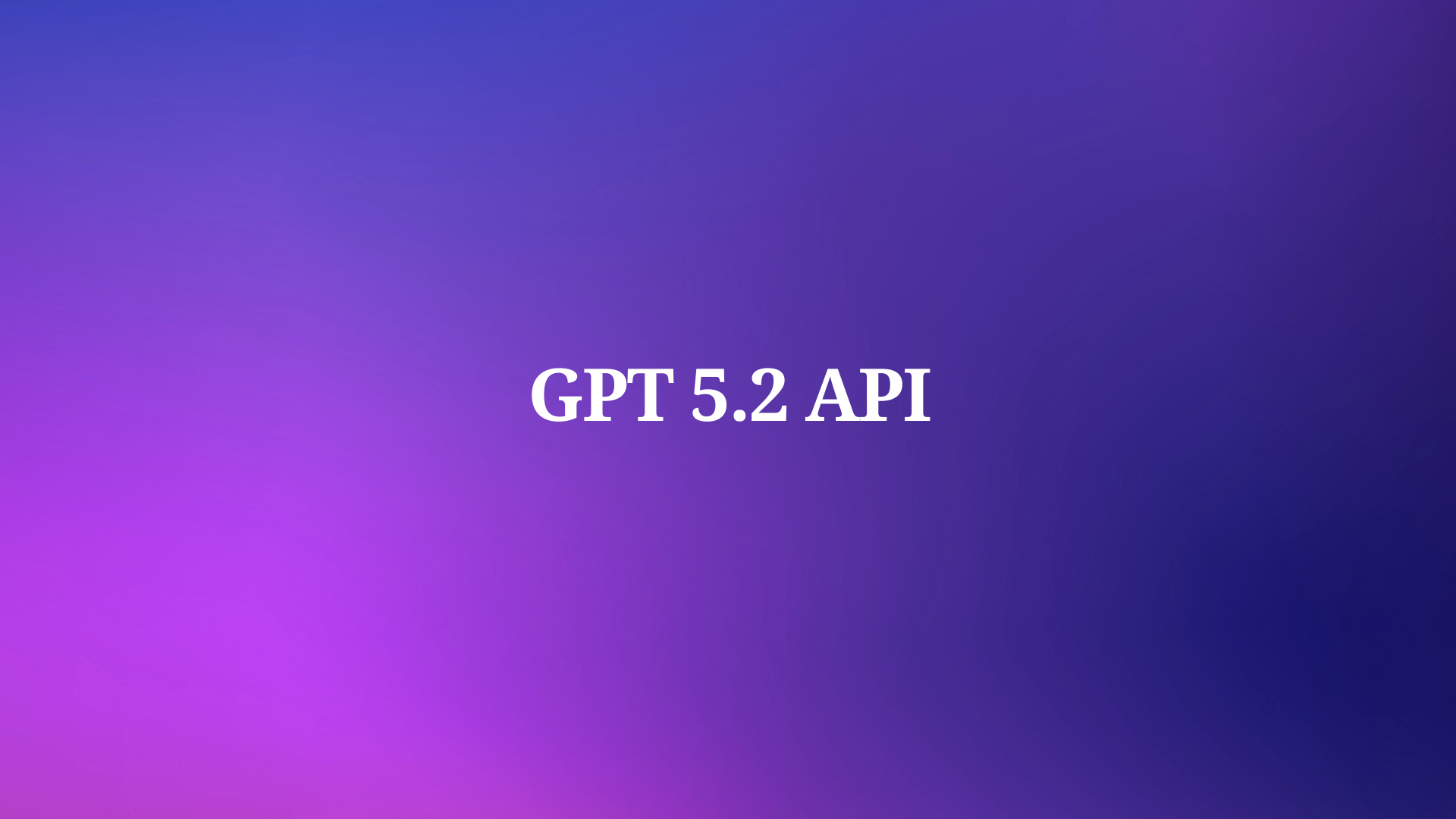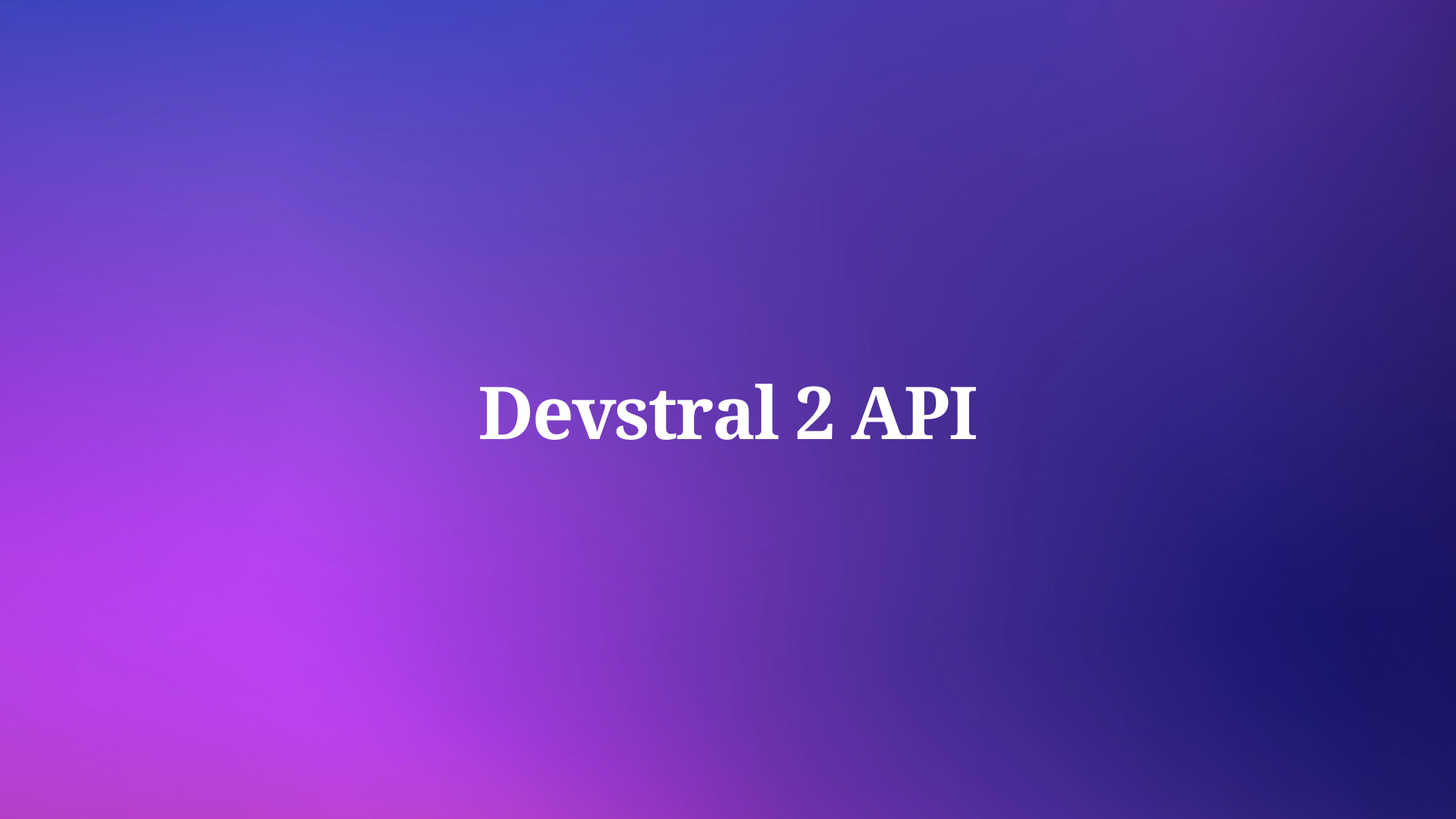If you’ve ever wished you could ask questions directly to a PDF or technical manual, this guide is for you. Today, we’ll build a Retrieval-Augmented Generation (RAG) system using DeepSeek R1, an open-source reasoning powerhouse, and Ollama, the lightweight framework for running local AI models.
Ready to Supercharge Your API Testing? Don't forget to check out Apidog! Apidog acts as a one-stop platform for creating, managing, and running tests and mock servers, letting you pinpoint bottlenecks and keep your APIs reliable.
Instead of juggling multiple tools or writing extensive scripts, you can automate critical parts of your workflow, achieve smooth CI/CD pipelines, and spend more time polishing your product features.
If that sounds like something that could simplify your life, give Apidog a try!
In this post, we’ll explore how DeepSeek R1—a model that rivals OpenAI’s o1 in performance but costs 95% less—can supercharge your RAG systems. Let’s break down why developers are flocking to this tech and how you can build your own RAG pipeline with it.
How Much Does This Local RAG System Cost?
| Component | Cost |
|---|---|
| DeepSeek R1 1.5B | Free |
| Ollama | Free |
| 16GB RAM PC | $0 |
DeepSeek R1’s 1.5B model shines here because:
- Focused retrieval: Only 3 document chunks feed into each answer
- Strict prompting: “I don’t know” prevents hallucinations
- Local execution: Zero latency vs. cloud APIs
What You’ll Need
Before we code, let’s set up our toolkits:
1. Ollama
Ollama lets you run models like DeepSeek R1 locally.
- Download: https://ollama.com/
- Install, then open your terminal and run:
ollama run deepseek-r1 # For the 7B model (default)


2. DeepSeek R1 Model Variants
DeepSeek R1 comes in sizes from 1.5B to 671B parameters. For this demo, we’ll use the 1.5B model—perfect for lightweight RAG:
ollama run deepseek-r1:1.5b
Pro tip: Larger models like 70B offer better reasoning but require more RAM. Start small, then scale up!

Building the RAG Pipeline: Code Walkthrough
Step 1: Import Libraries
We’ll use:
import streamlit as st
from langchain_community.document_loaders import PDFPlumberLoader
from langchain_experimental.text_splitter import SemanticChunker
from langchain_community.embeddings import HuggingFaceEmbeddings
from langchain_community.vectorstores import FAISS
from langchain_community.llms import Ollama

Step 2: Upload & Process PDFs
In this section, you use Streamlit’s file uploader to allow users to select a local PDF file.
# Streamlit file uploader
uploaded_file = st.file_uploader("Upload a PDF file", type="pdf")
if uploaded_file:
# Save PDF temporarily
with open("temp.pdf", "wb") as f:
f.write(uploaded_file.getvalue())
# Load PDF text
loader = PDFPlumberLoader("temp.pdf")
docs = loader.load()
Once uploaded, the PDFPlumberLoader function extracts text from the PDF, readying it for the next stage of the pipeline. This approach is convenient because it takes care of reading the file content without demanding extensive manual parsing.
Step 3: Chunk Documents Strategically
We want to use the RecursiveCharacterTextSplitter, the code breaks down the original PDF text into smaller segments (chunks). Let's explain the concepts of good chunking vs bad chunking here:

Why semantic chunking?
- Groups related sentences (e.g., "How Milvus stores data" stays intact)
- Avoids splitting tables or diagrams
# Split text into semantic chunks
text_splitter = SemanticChunker(HuggingFaceEmbeddings())
documents = text_splitter.split_documents(docs)
This step preserves context by overlapping segments slightly, which helps the language model answer questions more accurately. Small, well-defined document chunks also make searches more efficient and relevant.
Step 4: Create a Searchable Knowledge Base
After splitting, the pipeline generates vector embeddings for the segments and stores them in a FAISS index.
# Generate embeddings
embeddings = HuggingFaceEmbeddings()
vector_store = FAISS.from_documents(documents, embeddings)
# Connect retriever
retriever = vector_store.as_retriever(search_kwargs={"k": 3}) # Fetch top 3 chunks
This transforms text into a numerical representation that is much easier to query. Queries later run against this index to find the most contextually relevant chunks.
Step 5: Configure DeepSeek R1
Here, you instantiate a RetrievalQA chain using Deepseek R1 1.5B as the local LLM.
llm = Ollama(model="deepseek-r1:1.5b") # Our 1.5B parameter model
# Craft the prompt template
prompt = """
1. Use ONLY the context below.
2. If unsure, say "I don’t know".
3. Keep answers under 4 sentences.
Context: {context}
Question: {question}
Answer:
"""
QA_CHAIN_PROMPT = PromptTemplate.from_template(prompt)
This template forces the model to ground answers in your PDF’s content. By wrapping the language model with a retriever tied to the FAISS index, any queries made through the chain will look up context from the PDF’s content, making the answers grounded in the source material.
Step 6: Assemble the RAG Chain
Next, you can tie together the uploading, chunking, and retrieval steps into a coherent pipeline.
# Chain 1: Generate answers
llm_chain = LLMChain(llm=llm, prompt=QA_CHAIN_PROMPT)
# Chain 2: Combine document chunks
document_prompt = PromptTemplate(
template="Context:\ncontent:{page_content}\nsource:{source}",
input_variables=["page_content", "source"]
)
# Final RAG pipeline
qa = RetrievalQA(
combine_documents_chain=StuffDocumentsChain(
llm_chain=llm_chain,
document_prompt=document_prompt
),
retriever=retriever
)
This is the core of the RAG (Retrieval-Augmented Generation) design, providing the large language model with verified context instead of having it rely purely on its internal training.
Step 7: Launch the Web Interface
Finally, the code uses Streamlit’s text input and write functions so users can type in questions and view responses right away.
# Streamlit UI
user_input = st.text_input("Ask your PDF a question:")
if user_input:
with st.spinner("Thinking..."):
response = qa(user_input)["result"]
st.write(response)
As soon as the user enters a query, the chain retrieves the best matching chunks, feeds them into the language model, and displays an answer. With the langchain library properly installed, the code should work now without triggering the missing module error.
Ask and submit questions and get instant answers!

Here's the complete code:
The Future of RAG with DeepSeek
With features like self-verification and multi-hop reasoning in development, DeepSeek R1 is poised to unlock even more advanced RAG applications. Imagine AI that not only answers questions but debates its own logic—autonomously.



